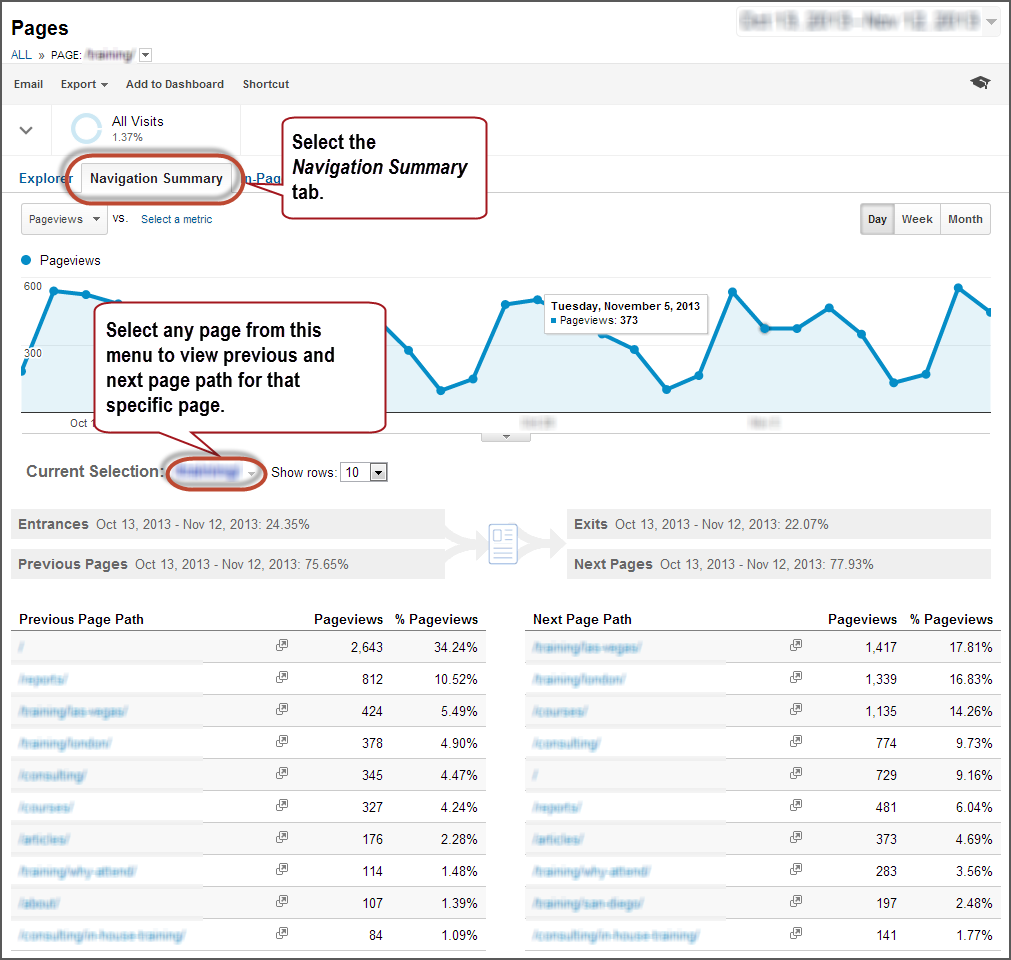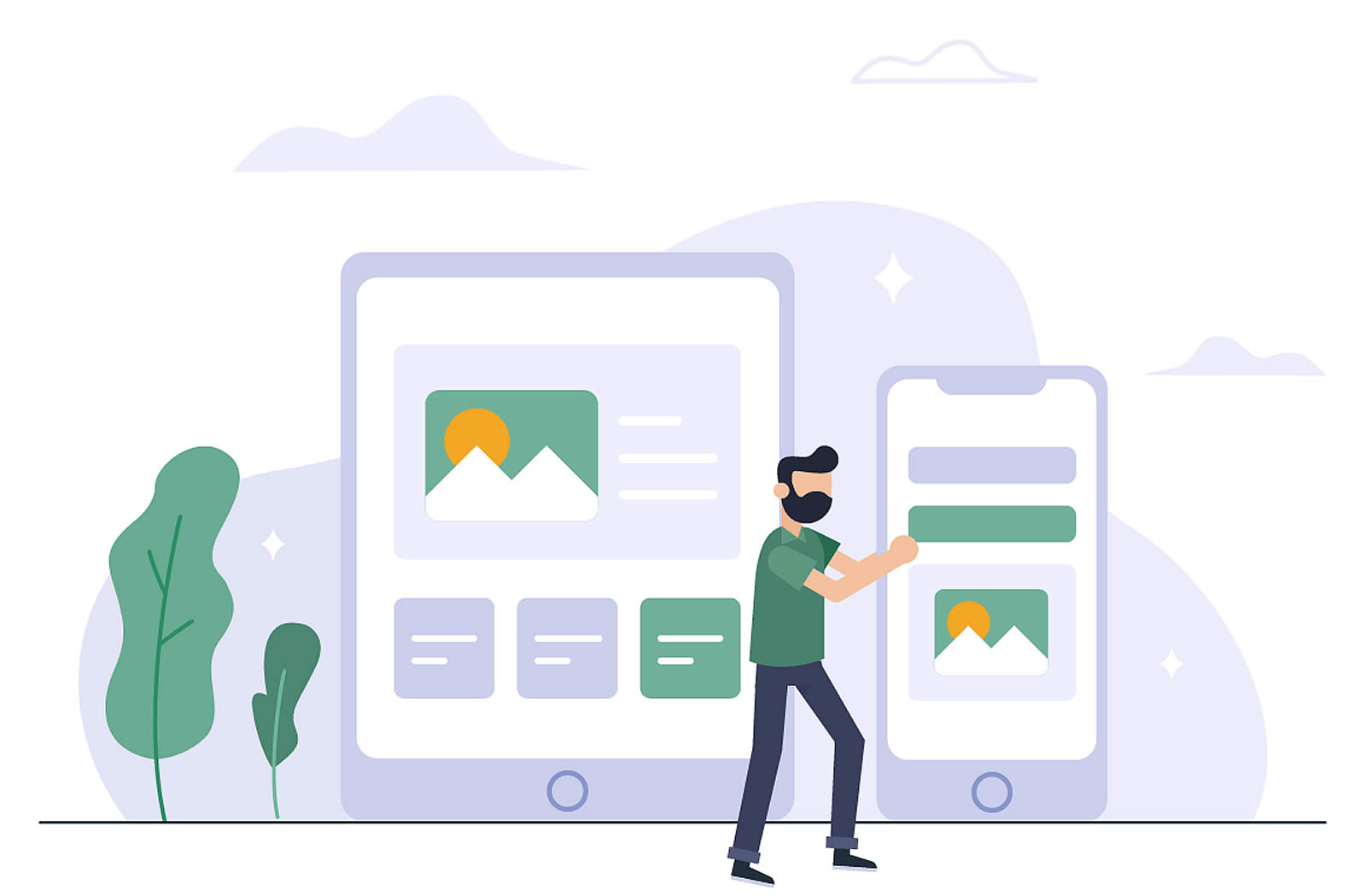
There are many web design patterns that you can use to improve the usability of your website. These patterns include splitscreen layouts, Grid structure, Tabs and Steps left. All of these patterns are used to make web pages more user-friendly and effective. The important thing to remember is that web design patterns are only guidelines and not rules. It is a good idea for you to run a usability test if you are unsure about a particular design pattern. This will allow you to determine if your website is more user-friendly.
Tabs
Tabs can be used to organize content on a website. They can also be confusing if they are not used correctly. Use tabs wisely to achieve a good balance between usability and overall design strategy. It is important to test the usability of tabs and other elements in order to find the right combination.

Split-screen layout
Split-screen layouts allow you to present multiple content elements in a single page. This layout is useful for showcasing your work portfolio or service. It can increase conversion rates and improve user experience.
Grid structure
A website's grid structure is a basis for design and provides guidance for elements to be placed. The grid structure also provides a way to keep content organized.
Magazine-style layout
A magazine-style layout is an excellent choice for content-heavy websites. It makes it easy for readers to scan content and easily identify the most important articles or sections. This design pattern relies heavily upon images and headlines in order to attract attention. It is crucial to select the appropriate thumbnails for images in order to make it easy for visitors to see which ones are most relevant.

Vertical dropdown menu
To organize sections on a website, a vertical dropdown menu is useful. This can be used to simplify the navigation process and reduce page refreshes. Unlike a regular dropdown menu, the vertical one guides users through options and takes them to the desired target in three clicks. On the other hand, the regular one hides many options and forces users to scroll in order to recall specific options.
FAQ
What technical skills do I need to design and construct my site?
No. All you need is an understanding of HTML and CSS. Online tutorials can be found that cover both HTML and CSS.
What is responsive web design?
Responsive web design (RWD), is a way to create websites that display responsively on all devices, including smartphones, tablets, desktop computers, laptops and tablets. This allows users the ability to view a website simultaneously on different devices and still have access to other features like navigation menus, buttons, and so forth. The goal of RWD is to ensure that when a user views a site on any screen size, they view the exact version of the site.
For example, if you were building a website for a company whose products sell primarily through eCommerce, you would want to ensure that even if a customer viewed your website on a smartphone, they could easily purchase items from your store.
A responsive website will adjust its layout automatically based on what device is used to view it. Your laptop will view the website exactly as a normal desktop site. But, the page will appear differently if you view it on your phone.
This allows you to create one website that works on all devices.
What is a website static?
A static website is a site where all content are stored on a server, and visitors can access it via web browsers.
The term "static" refers to the fact that there are no dynamic features such as changing images, video, animation, etc.
This type of website was originally created for use in corporate intranets. It has since been adopted both by individuals and small companies who are looking for simple websites that do not require any programming.
Static websites are becoming more popular due to their ease of maintenance. They're easier to update and maintain when compared to a fully-featured website with many different components (such as blogs).
They load much faster than dynamic counterparts. This makes them great for those who have slow Internet connections or users with mobile devices.
Additionally, static websites are safer than dynamic sites. A static website is impossible to hack. Hackers can only access the data contained in a database.
Two main methods can be used to create a static site:
-
Utilizing a Content Management System.
-
Create a static HTML website
Which one is best for you depends on your needs. A CMS is the best choice for anyone who is new to building websites.
Why? It gives you full control of your website. You don't need to hire someone else to help you set it up. Upload files to the website server.
Still, you can learn to code and create static websites. It will take some time to learn to program.
Does A Good Portfolio Make Me More Likely To Be Hired As A Web Developer?
Yes. It is important to have a portfolio when applying for web design or development jobs. Portfolios must showcase your skills and experiences.
A portfolio typically includes samples from your past projects. These samples can show off your ability to do any task. Your portfolio should include everything from mockups, wireframes, logos, brochures, websites, and even apps.
Statistics
- It's estimated that in 2022, over 2.14 billion people will purchase goods and services online. (wix.com)
- At this point, it's important to note that just because a web trend is current, it doesn't mean it's necessarily right for you.48% of people cite design as the most important factor of a website, (websitebuilderexpert.com)
- Studies show that 77% of satisfied customers will recommend your business or service to a friend after having a positive experience. (wix.com)
- Is your web design optimized for mobile? Over 50% of internet users browse websites using a mobile device. (wix.com)
- In fact, according to Color Matters, a signature color can boost brand recognition by 80%. There's a lot of psychology behind people's perception of color, so it's important to understand how it's used with your industry. (websitebuilderexpert.com)
External Links
How To
How can I become a UI designer?
Two ways to be a UI designer are available:
-
You can go through school and earn a degree in UI Design.
-
You can also start your own business.
For you to be able to finish school, you must attend college or university. This includes art, computer science, business, marketing, psychology, etc.
You can also attend classes at state universities and community colleges. Some schools offer programs for free, while others require tuition fees.
After graduating, you'll need to find employment. If you plan to work for your own business, you need to establish a client base. It's important to network with other professionals, so they know you exist.
There are many opportunities to intern for companies that specialize on developing web applications. Many companies hire interns in order to gain valuable experience before they hire full-time employees.
It will be easier to land more jobs once you have a portfolio of your work. Your portfolio should contain your work samples and details of the projects you worked on.
It's a good idea to send your portfolio to potential employers via email.
Being a freelancer means you need to market yourself. You can post your services on job boards, such as Guru, Indeed, Guru or Upwork.
Freelancers frequently receive assignments from recruiters who post jobs online. These recruiters seek qualified candidates to fill open positions within certain industries.
These recruiters typically provide the candidate with a project brief outlining the position's requirements.
As a freelancer, you are not required to sign any long-term contracts. If you are looking to make a move, however, it is advisable to negotiate an upfront payment.
Many designers prefer working directly with clients, rather than through agencies. Although this may seem appealing, many people lack necessary skills.
Agency workers typically have extensive knowledge of the industry they're working in. They have access to resources and training that enable them to produce high quality work.
Agency workers often receive higher hourly rates in addition to these benefits.
The downside to working with an agency is that you won't have direct contact with the employer.
To succeed as a UI designer, you must be self-motivated, creative, organized, flexible, detail-oriented, analytical, and communicative.
Excellent communication skills are also required.
UI designers create user interfaces and visual elements for websites.
They are also responsible for ensuring that the site meets the needs of its users.
This involves understanding the information users need and how to make your site work.
Wireframes can also be created by UI developers using a variety o tools. Wireframing helps them visualize the layout of a page before beginning their designs.
There are many wireframe templates available online. Anyone can create their own wireframes.
Some designers are solely focused on UI design while others blend UI design and graphic design.
Photoshop is a popular software used by graphic designers for editing images.
Then, they use Adobe InDesign for layout and page design.
Photographers capture images using digital cameras or DSLRs.
Then, they upload the photos to a photo editor program, where they add captions and filters.
Afterward, the photographer saves the image in a file format compatible with the website.
It is important that you consider all aspects of web design when creating a website.
This includes research planning, wireframing and prototyping, as well as testing, coding, content generation, and publishing.
Research - It is crucial to conduct extensive research before beginning a new venture.
Planning - After you have completed your research, it's time to start creating a plan.
Wireframing: A wireframe is a sketch of a website or application.
Prototyping: Prototypes can help to ensure that the final product meets the initial vision.
Testing - To ensure that the prototype works correctly, it should be subject to multiple rounds of testing.
Coding - Coding is the act of writing computer code.
Content Creation - Content creation covers everything from writing copy to managing social media accounts.
Publishing means uploading files onto a server and making the site accessible.
As a freelance UX/UI designer, you will need to learn about different projects.
Some companies require only wire frames, others require complete prototypes.
Depending on the type of project you accept, you may be asked to complete specific tasks.
One example is that if you are hired as a wireframe designer, you might be required to create many wireframes.
If you're hired to create a complete prototype, you may be required to develop a fully functional version of the site.
Strong interpersonal skills are important regardless of the project type.
Since most clients hire freelancers based on referrals, you must build solid relationships with potential employers.
Additionally, communication skills are essential.
A portfolio is an essential part any freelancer's arsenal.
It is a showcase of your work and a demonstration of your ability produce high-quality outputs.
This can be done online by creating a portfolio.
Finding websites similar to yours is the best way to start.
Next, search these sites to discover which site offers what services.
Once you've identified the best practices, it is time to start implementing them.
It is also a good idea to include links in your resume to your portfolio.